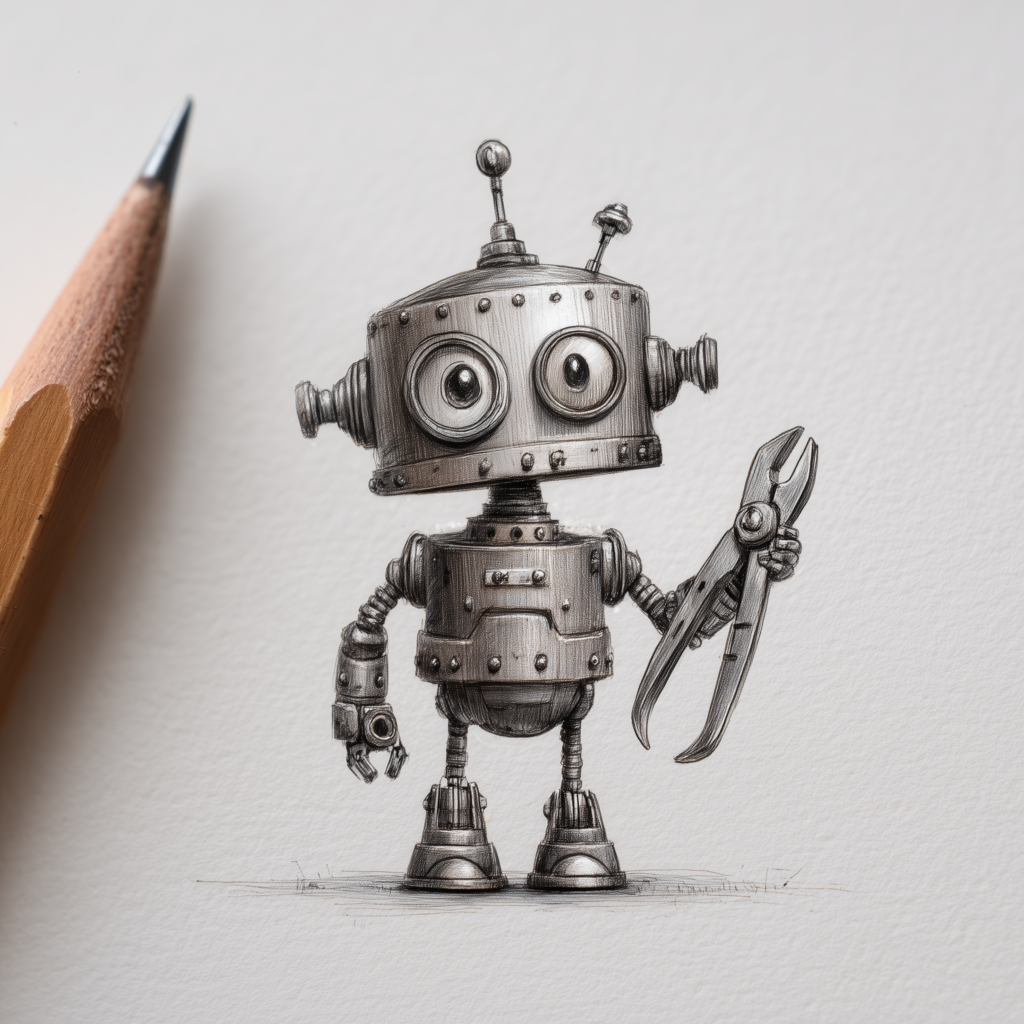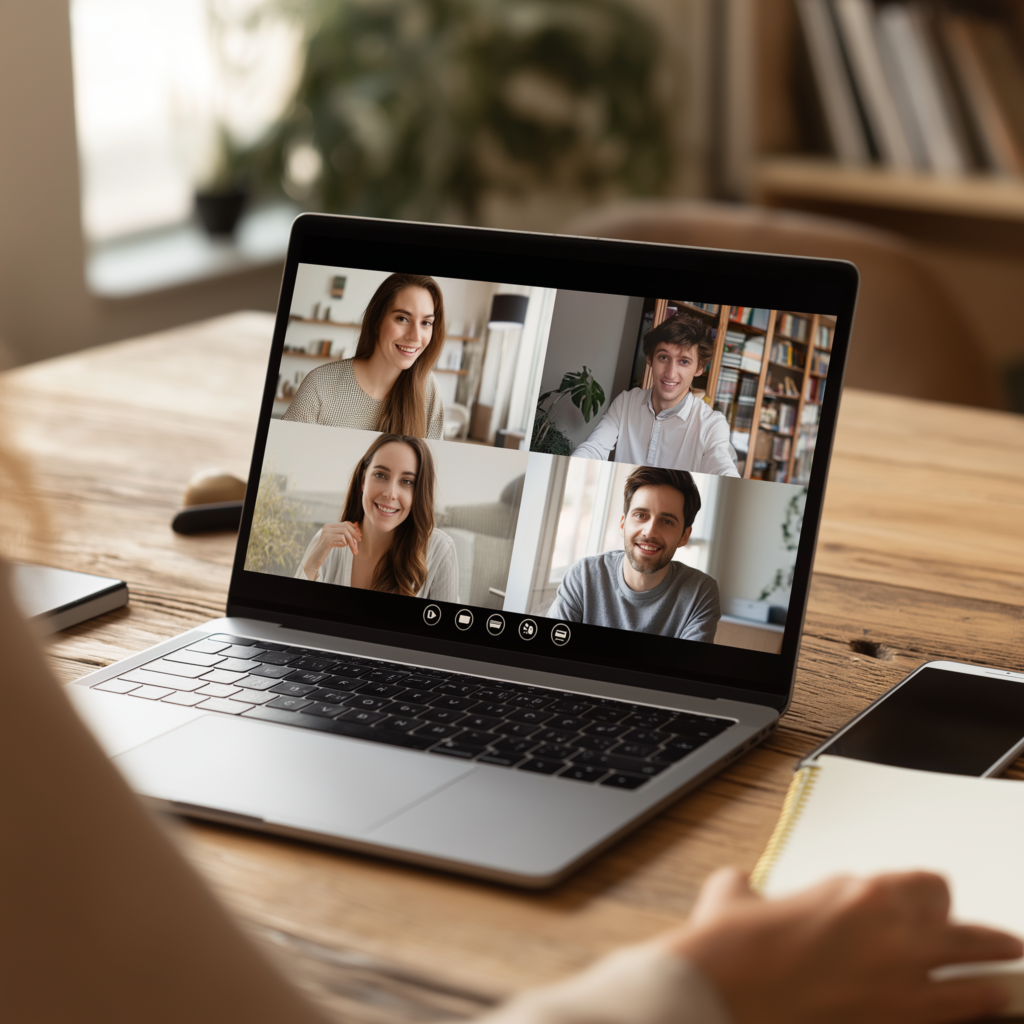If there’s one consistent complaint across teams of all sizes, it’s this:
“We have too many meetings. And most of them don’t work.”
They start late. They run long. They drain attention instead of sparking ideas. And the worst part? Everyone knows it—but no one feels empowered to fix it.
But here’s the truth: Meetings aren’t inherently bad. They just haven’t been designed with human energy in mind.
Here’s how to rethink your meetings using behavioral science and real-world attention patterns—so your team leaves energized, not emptied.
1. Shorten Default Lengths (And Mean It)
The 30- or 60-minute default is arbitrary.
- Try 20-minute standups
- 45-minute strategy reviews
- 15-minute decision bursts
Parkinson’s Law says tasks expand to fill the time allotted. Shorten the space, sharpen the outcome.
If you design meetings with a tight focus, they don’t just finish earlier—they start stronger.
2. Use Energy-First Scheduling
Don’t just schedule around calendars. Schedule around cognition.
- Avoid back-to-back slogs
- Batch similar types of meetings together
- Protect deep work hours (especially mid-morning)
Tip: The hour before lunch is usually the most distracted. Save updates for then—not idea generation.
3. Replace Recurring Meetings with Asynchronous Loops
If your weekly update is just people reading slides aloud, make it async.
Use:
- Slack threads
- Loom videos
- Collaborative docs with context
Then, use meetings for what people can’t do asynchronously: nuance, conflict resolution, creative friction, emotional cues.
4. Start with a Quick Scan of Energy
Open with: “Where’s everyone’s head at today—1 to 5?”
This isn’t soft. It’s situational awareness.
Knowing your team’s mental state changes how you lead the conversation. Someone at a 1 doesn’t need to be spotlighted. Someone at a 5 might.
5. Designate a “Meeting Designer” for Each Session
Not just a note-taker. A meeting designer ensures:
- The goal is clear
- Time is protected
- Everyone is heard (or knows they can pass)
This person keeps the session user-centered—like a UX designer for the hour.
6. End on Action, Not Ambiguity
Close every meeting with:
- What was decided?
- Who owns what?
- When does it happen?
Unclear outcomes are what make meetings feel like wasted time. Clarity builds confidence.
Final Thoughts
Your meeting is an experience. And like any experience, it needs to be designed for human attention, emotion, and clarity.
Don’t just trim the calendar. Design your meetings to give people back their focus. Their momentum. Their energy.





